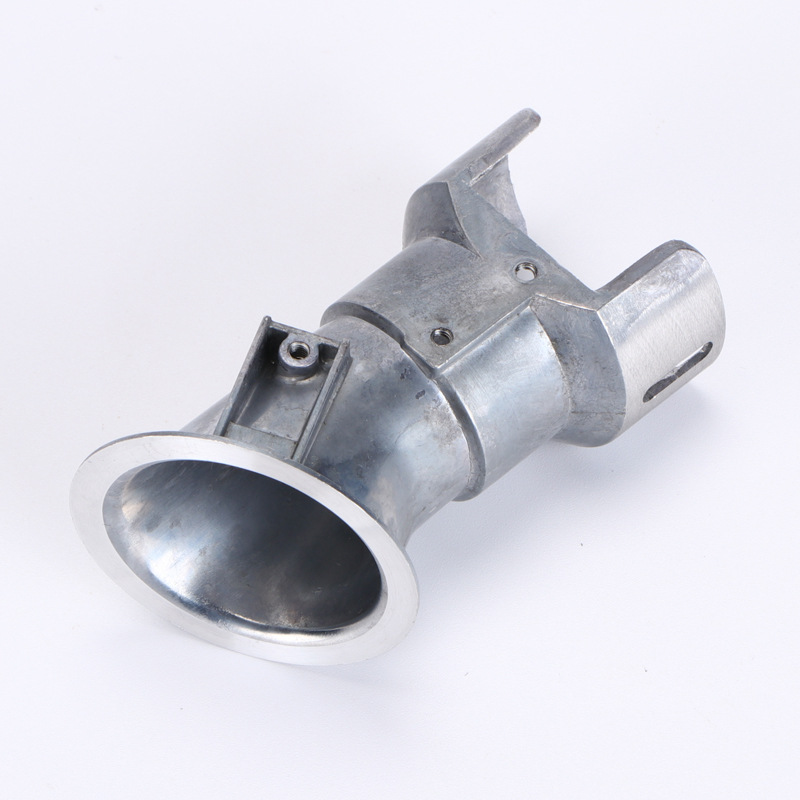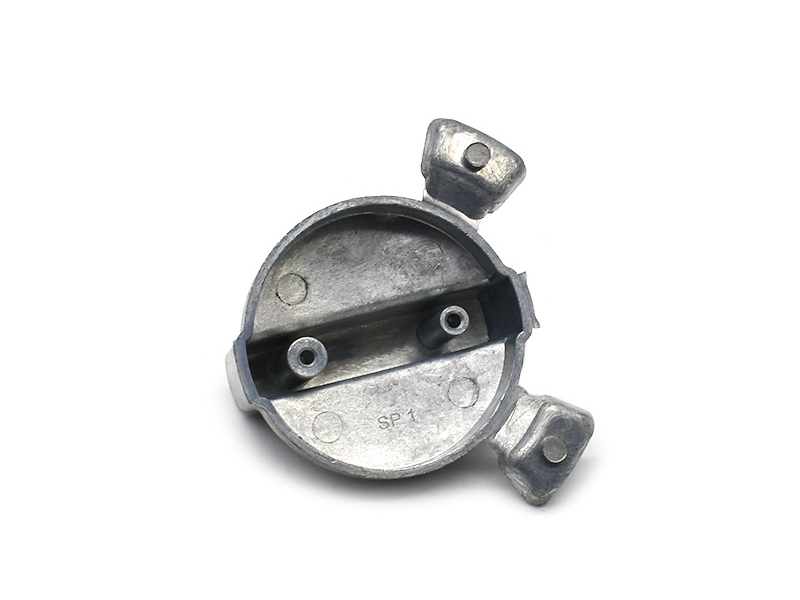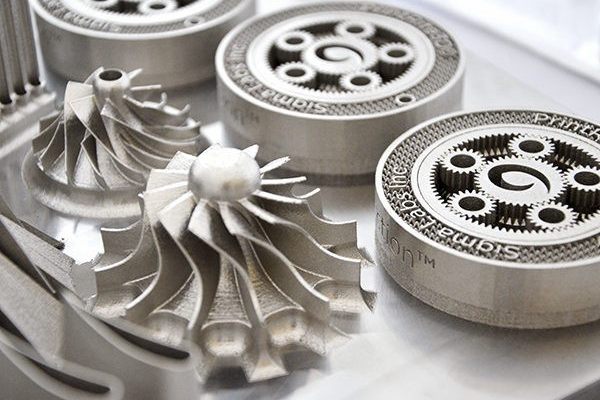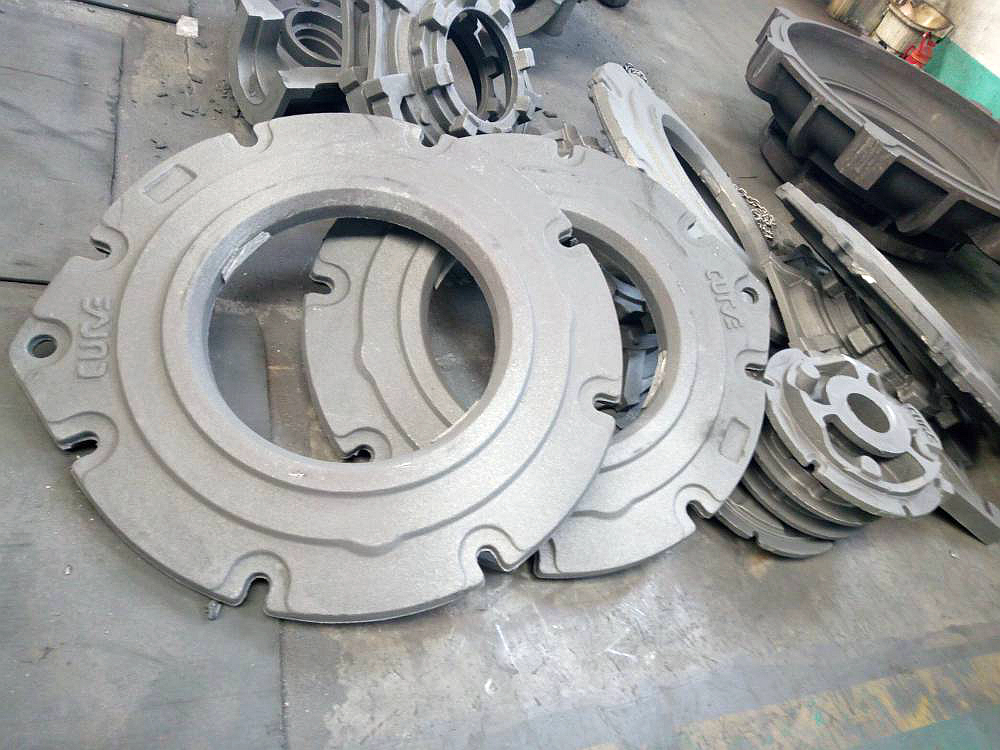Precision and Performance: The Role of Die Casting in Aerospace and Aviation Manufacturing
Aerospace and aviation components demand the highest standards in manufacturing, requiring lightweight, high-strength, and dimensionally accurate parts that perform under extreme thermal and mechanical stress. Die casting is vital in meeting these requirements, offering a scalable and cost-effective solution for producing critical metal components with tight tolerances and repeatable quality. At Neway, we specialize in precision die casting services tailored to the performance-driven needs of aerospace and aviation OEMs.
This article explores the specific advantages of die casting for aerospace applications, suitable materials, part types, and how advanced tooling and post-processing techniques ensure compliance with industry standards.
Why Die Casting Is Ideal for Aerospace Applications
In aerospace manufacturing, performance, weight reduction, and reliability are non-negotiable. Die casting enables the production of near-net-shape components with minimal secondary machining, exceptional surface finishes, and material integrity that meets aviation-grade standards.
Lightweight Efficiency
Reducing component weight translates directly into lower fuel consumption and greater payload efficiency. Aluminum die casting alloys, such as A356 and AlSi12, have densities around 2.7 g/cm³—ideal for replacing heavier forged or machined parts without compromising strength. For comparison, steel’s density is approximately 7.8 g/cm³, making aluminum over 65% lighter by volume.
Typical aerospace castings are up to 40% lighter than equivalent steel components and can still achieve tensile strength between 280 and 310 MPa when T6 heat treatment is applied.
Dimensional Precision and Repeatability
Die casting supports tolerances as tight as ±0.05 mm for aerospace components, reducing the need for extensive post-machining. This ensures consistent performance across thousands of parts and improves the mating fit in assemblies such as engine housings, brackets, and electronic enclosures.
High-Volume Capability with Complex Geometry
Die casting excels in producing parts with intricate features, such as internal fins, mounting bosses, and flow channels, that would be cost-prohibitive using machining or forging. With cycle times of 30 to 90 seconds per shot, it is ideal for the scalable production of:
Avionics enclosures
Sensor housings
Brackets and support arms
Fuel system components
Aerospace-Grade Die Casting Materials
Material selection is critical for aerospace performance. Neway offers a range of aerospace-compatible aluminum, zinc, and copper-based alloys suitable for structural, thermal, and electronic applications.
Aluminum Alloys
A356 (T6 heat-treated)
Tensile strength: 310 MPa
Elongation: 7–8%
Fatigue limit: ~140 MPa
Applications: Brackets, landing gear components, control housings
AlSi12
Silicon content: ~12%
Excellent fluidity and casting precision
Ideal for: Instrument housings, thin-walled enclosures, heat sink bases
Zinc Alloys
Zinc alloys like Zamak 3 and ZA-8 are often used in cabin systems, cockpit assemblies, and control interface components where dimensional accuracy and tight tolerances are critical.
Copper-Based Alloys
Alloys such as Brass 360 and CuNi10Fe1 provide superior conductivity, EMI shielding, and corrosion resistance for both marine and aerospace hybrid systems.
Die Casting Process Optimization for Aerospace
Neway employs a full suite of engineering and quality assurance tools to ensure aerospace-grade precision.
Advanced Tooling and Die Materials
We use H13 tool steel for its durability under high thermal cycling. Inconel 718 and Beryllium Copper inserts for copper die casting maintain dimensional accuracy at temperatures exceeding 700°C.
Mold Flow Analysis and Simulation
Before tooling production, we perform mold flow and solidification simulations to identify potential porosity, cold shuts, and gas entrapment. This ensures high first-pass yield and consistent metallurgical integrity.
Rigorous Aerospace Quality Control
We comply with ISO 9001:2015 and support AS9100 documentation on request. Key inspection protocols include:
First Article Inspection (FAI)
CMM dimensional reporting
X-ray and ultrasonic testing for internal defects
Surface finish evaluation (Ra, roughness mapping)
Pressure testing for leak-critical housings
Post-Processing and Finishing for Aerospace Die Castings
Neway integrates full post-processing and finishing services for aerospace compliance and component readiness.
CNC post-machining: tolerances to ±0.01 mm
Anodizing, arc anodizing, and powder coating for corrosion protection
Painting for UV resistance and aerospace-grade appearance
Tumbling and sand blasting for controlled Ra finishes
Assembly with torque, alignment, and test verification
Aerospace Applications of Die Casting
Die casting supports critical functionality across several aerospace platforms.
Airframe brackets and substructures
Cockpit modules, bezels, and switch housings
Fuel management valves and pump housings
Engine sensor and actuator casings
Navigation and avionics heat sinks and shields
These components are designed to maintain mechanical integrity under vibration, altitude, and temperature cycling across long service lives.
Why Aerospace OEMs Choose Neway
Neway combines advanced die casting technology with aerospace expertise by offering:
Certified high-performance alloys and precision tooling
Integrated rapid prototyping and low-volume production
Full mass production with traceable quality records
One-stop solutions with embedded design support, tooling, casting, and finishing
This enables our aerospace clients to shorten development cycles while meeting demanding performance specifications.
Conclusion
Die casting continues to play a transformative role in aerospace and aviation manufacturing. Its ability to deliver lightweight, complex, and high-precision parts at scale makes it a key technology for modern aircraft and space systems. At Neway, we help aerospace manufacturers achieve new performance, reliability, and efficiency standards—on the ground, in the sky, and beyond.
To learn how Neway can support your next aerospace program, contact us today.




